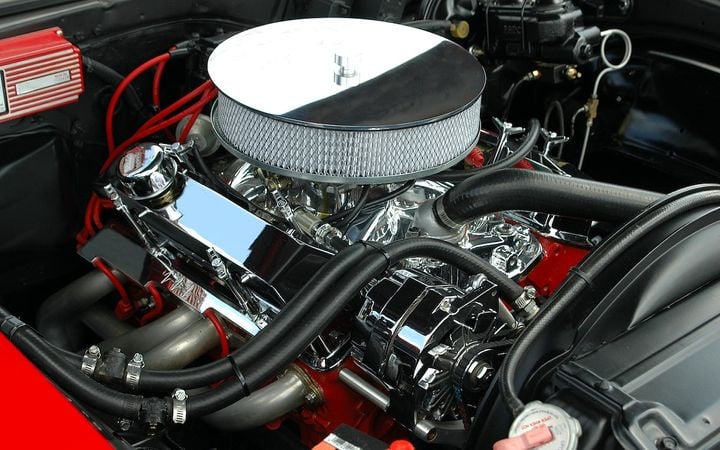
More consumers are repairing their vehicles rather than replacing them, leading to an uptick in aftermarket parts sales.
General Motors is rapidly heading toward an electric-vehicle future and witnessing a big increase in EV sales, even after stopping production of the Chevrolet Bolt, its initial electric offering.
The automaker is also investing in distribution centers for replacement parts intended for internal-combustion engines. GM’s sales of after-market parts have grown by double digits each year since the start of the Covid pandemic. Now the company is sinking more than $100 million into modernizing its parts processing center in Burton, Mich.
Microchip shortages and supply-chain issues have left many Americans unable to purchase a new vehicle. That had led to robust sales of after-market and GM “original equipment” parts. Many consumers are investing in parts to keep their existing vehicles going.
GM plans to install new automated storage, retrieval and loading systems and a conveyor system to move parts to employee workstations at the Burton facility, which opened in 2019. The facility, the primary distribution site for GM Genuine and ACDelco parts, employs around 1,460 people and ships approximately 15,000 parts orders daily.
GM also invested in technology upgrades in two other major parts centers, in Ypsilanti, Mich., and Memphis, Tenn. Across the globe, the company has 88 parts-distribution facilities, plus 12 regional or function-focused product distribution centers in key markets within the U.S..
GM’s after-market parts business also may grow as people resist EV vehicles. Many Americans remain wary of EVs and have concerns about their cost. As a result, they invest in parts and repairs to keep their ICE-powered vehicles running well as long as possible.














